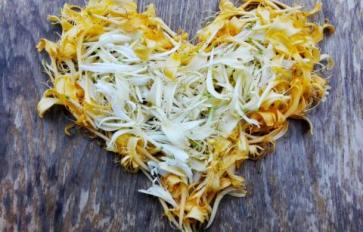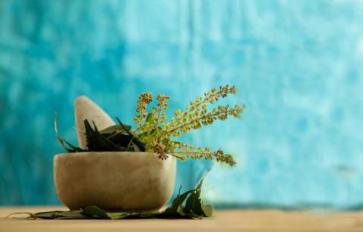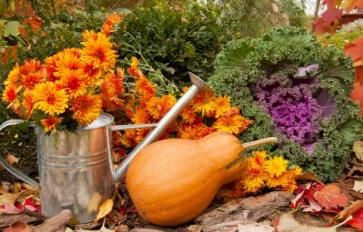Petunias are a member of the Solanaceae family that includes eggplants, peppers, potatoes and tomatoes. They became a separate species about thirty million years ago. The Petunia inflata is a small purple flower that attracts bees with its bright color, but some flowers lost their color and became Petunia axillaris, a larger white flower, resulting in the production of modified scent compounds to attract hawkmoths. Studies have discovered the plant’s ability to produce diverse colors in domestic petunias. They are not only the most popular bedding flower in the United States because of the variety of colors – they are also an important model plant species for scientific purposes. The plant was first discovered in South America in the mid-18th century and was introduced into Europe in the early 19th century. There petunias became the subject of breeders in Germany and England to create larger flowers with many different colors. Petunias are made up of four main types that include Spreading (also known as Wave), Grandiflora, Multiflora, and Milliflora -- each with a multitude of varieties.
Petunias are native to Argentina and are an annual flowering plant. The vast number of varieties include single and double blooms, ruffled or smooth petals. Some petunias have stripes while other are vined and others are solid colors. They have trumpet shaped blooms on branching foliage with stems that are hairy and sticky. Some grow in mounding forms like the grandifloras and multifloras and others cascade or spread like the Wave. The Wave, the Supertunia, and the Cascadia all have a variety of fragrances. These plants bloom throughout the summer except in extreme heat.
How To Grow Petunias
Petunias can be planted from seed but it is much easier to grow them from transplants. Starting plants from seed must be done indoors ten to twelve weeks before they can be set in an outdoor garden. The seeds are small and need an abundance of light for germination. When the plants have developed three leaves they are ready to be planted outside and should be placed in well-drained soil in an area that gets full sunlight. They can be planted in partial shade but will grow fewer blooms. Plants should be placed approximately one foot apart and sheltered from the wind.
Decorative Suggestions For Placing Petunias
Petunias are excellent flowering plants for hanging baskets either by themselves or mixed with other flowering plants. Because of the color varieties they can accent a color scheme throughout the home and around the patio. In the garden they should be grouped together as they are low growing plants; this will give the garden an accent of color. Some suggested varieties are the Blue Spark Cascadia that has trailing violet blooms with a sweet fragrance; the Supertunia Silver is white with a lavender throat and veins and the Prism Sunshine produces butter yellow, grandiflora sized flowers and can be grown from seed. Ideal for ground cover are the Carpet Series that come in a wide variety of colors and for a splash of bright pink the Rose Star blooms appear striped due to the rose-pink flowers with white centers.
Care and Maintenance of Petunias
Petunias love the heat. A thorough watering once a week will suffice and more often if in drought areas. The spreading varieties and those planted in containers require more frequent watering. To insure healthy plants they should be fertilized every month; however, the double-bloom varieties should be fertilized biweekly.
Pets and Problems Associated with Petunias
Watch for aphids that can be hosed off with a strong stream of water. Budworm caterpillars are small and are green in color, attacking in late June and July and feeding on the flower buds; they may not be seen but there are small black droppings and small holes on the leaves and buds that are the warning signs. These caterpillars will leave in late July. Gray mold and bacterial soft rot usually occur in moist climates, so it is advised to choose weather-resistant varieties.
Petunias are not only a favorite gardening plant in America; they are an important genetic research subject due to their complex genome. Petunias have been popular throughout Europe and breeders have continued to produce new varieties, adding to the creativity of the gardener. It is a hardy plant that is versatile and can be planted in containers for accent or in gardens as a border or part of a decorative design. To add the depth of fragrance to the garden there are other flowers that will complement the petunia. Fertilizer is essential to healthy petunias and there are a variety of natural fertilizers that can be used. Another addition to a healthy and decorative garden is good mulch material. Together with other flowers, good maintenance and a vast variety, petunias are a beautiful addition to any garden.








